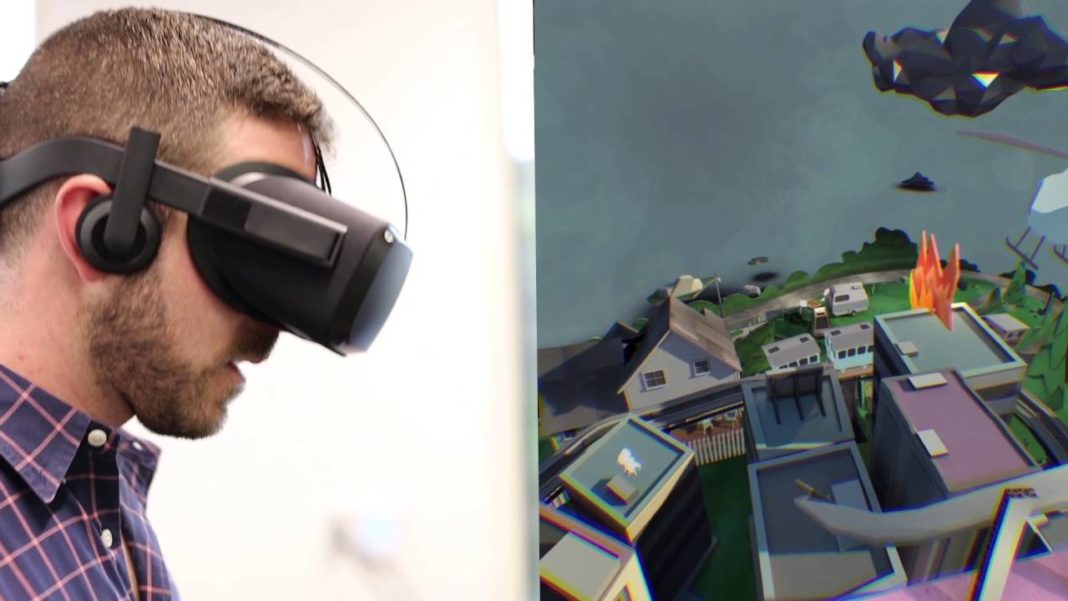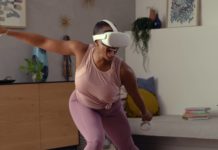For a long time, the average VR headset has nearly always used outside-inside tracking. This was how the Kinect and similar devices have worked in the past. However, one technology that utilizes inside-outside tracking was the PlayStation, which was simply a camera that would track movement similar to that of a motion detector. With Santa Cruz, the Oculus Rift has moved from outside-inside tracking to inside outside tracking but far further than you’d think.
What is Santa Cruz and its Method of Tracking?
Outside-inside tracking refers to the fact that an external device outside of the virtual environment is used to track the motions of the player. This type of tracking is very limited in what it can do. It loses track of a player when not in screen, messes up a game if the sensor is off by just a tiny fraction, and does not track an individual due to one of several different electronic reasons such as lighting or cleaning of the sensor. Santa Cruz is a new feature inside of the Oculus VR which provides inside-outside tracking. This means that the tracking device never loses the location of a player and, instead, is made aware of the boundaries of their location by determining the distance between a player and a wall or other aspects of a room.
Why is the Santa Cruz Feature Important?

The enormous benefit to this new feature is that it allows the Oculus VR to be wireless, and we all know how important that is for VR enthusiasts. In addition to the Santa Cruz feature, the Oculus team has mentioned that they’ve been keeping an eye on Augmented Reality. This is something we have discussed on this website before as the true immersion experience for those wishing to take their virtual reality to the outside world. Where they’ll take the AR world is anybody’s guess at this point, but being the first to truly do wireless VR breeds a lot of confidence in their future steps in any direction.
What this means for fitness?
The Oculus VR is a standalone device, which means that it performs all the necessary processing inside of the headset. Unlike the HTC Vive, the only reason why the Oculus had ever needed a chord was because it needed to collect information from the outside sensor. The HTC Vive needs to be connected to provide more processing power, which is why many people who understood the technology simply adapted their smartphones to process the same information. With this new Santa Cruz feature, one can go nearly everywhere that is considered a room or a space with four walls and be able to play their games there.
With this step, it really is possible to bring full on exercise into the virtual world. Imagine heading to a gym to workout, but, instead, you pick up a headset and train with people connected to the same network. Instead of needing to worry about space, you just put the headset on and go. Furthermore, combine this with the fact that both the Oculus team has become intently aware of AR technology and many are saying that the integration of AR is where the true experience is and you have a cauldron for an entirely standalone device that can play both VR and AR on the go nearly anywhere you want.

While speculation can take one’s mind very far, the current feature does provide a cordless experience, which was something many experts thought might take years to develop. In addition to this, the sensors can be placed wherever you like so that the sensors provide a more user-based experience and you can have as many sensors as you want. We cant wait to get our hands on this and try it out with a fitness and workout approach!





